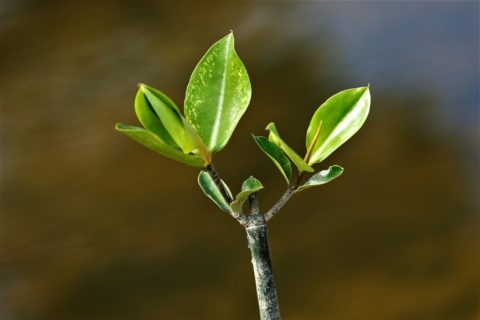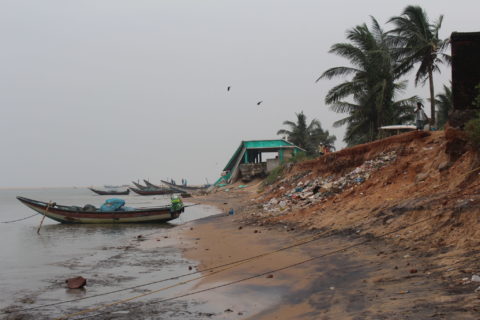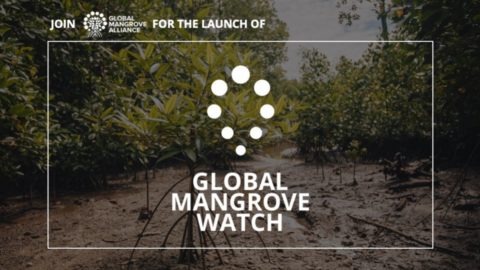
The world gets a first overview of mangrove health with Global Mangrove Watch
-
Aquaculture, fisheries and coastal agriculture
-
Coastal resilience
-
Coastal wetland conservation
-
Global Mangrove Watch
-
Integrated delta management
-
Mangrove Capital Africa
The world will get a much-needed overview of the state of its mangroves today as Global Mangrove Watch, a new, powerful remote sensing tool that has the potential to change the face of mangrove conservation and restoration, goes live.
Global Mangrove Watch, developed by Aberystwyth university, soloEO, The Nature Conservancy and Wetlands International, will give universal access to the near real-time information on where and what changes there are to mangroves across the world, as well as providing hard data on why we need to conserve or restore them. It has been more than seven years in the making, with the expert input from remote sensing partners, data organisations and research universities.
With high resolution information on cover change, soil carbon, living biomass, canopy height and other parameters, Global Mangrove Watch will give conservationists, scientists, organisations, coastal and park managers, policymakers and practitioners the evidence needed to respond to illegal logging, pinpoint the causes of local mangrove loss and track conservation progress. It is also set to be a key policy tool as it helps put mangroves central to climate mitigation, adaptation and sustainable development plans.

The evidence base needed to increase mangrove extent
The Global Mangrove Alliance, which brings together organisations across the world to increase the area of mangrove habitat 20% over current extent by the year 2030, will use Global Mangrove Watch as a key instrument in helping it achieve this target.
Mangroves are among the most important ecosystems on Earth and key to effective climate action but they are also one of the most endangered. Found in the intertidal zones of coastlines, mangroves are trees or shrubs that support millions of people and a vast diversity of life.
They bring a range of ecological services with functions such as water filtration, prevention of coastal erosion, coastal protection from storms, carbon storage, food, timber, biodiversity protection, and provide livelihoods for communities with increasing populations, dependent on fisheries.
Despite their value, they are being degraded at a rate of 1% per year due to land use change, exploitation, coastal development and climate change. These are threats and drivers that Global Mangrove Watch can identify and track, and ultimately use as a catalyst for on-the-ground action.

#MappingMangroves
As an evidence-base and trusted decision-making tool that can inform an effective mangrove conservation and restoration agenda, Global Mangrove Watch will support local and regional efforts led by diverse communities on the ground.
Keep up-to-date with the news around the Global Mangrove Watch by following #MappingMangroves on social media. As we refine it over the coming months, we are eager to hear your feedback and how you are using the tool. We encourage you to help raise awareness and join us as we mobilise a community of funders, decision makers and NGOs to address the emerging conservation challenges.

About Global Mangrove Watch
Aberysthwyth University, soloEO, The Nature Conservancy and Wetlands International initiated Global Mangrove Watch, working with dozens of universities, NGOs and government agencies across the world. They have been supported by the Oak Foundation, DoB Ecology and the Dutch Postcode Lottery.
